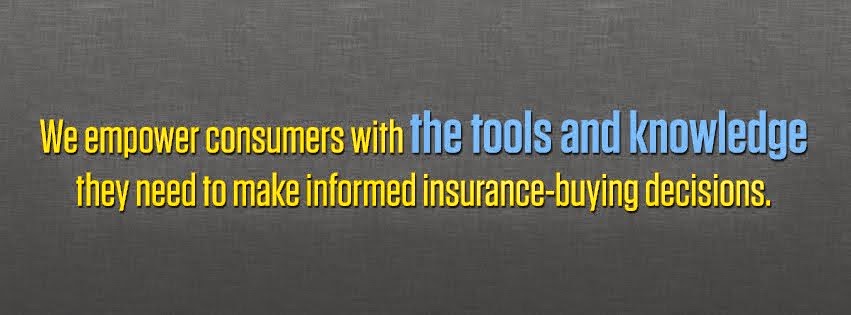More Americans say they're willing to be spied on – if it reduces
their auto insurance rates.
Of the more than 2,000 consumers surveyed for LexisNexis
Risk Solutions, half said they’d sign up for usage-based insurance if
they’d save at least 10 percent on their premiums.
That comes at a time when the average auto insurance premium
soared by $153 between 2012 and 2013, according to a study by J.D.
Power.
Not all insurers offer usage-based or pay-as-you-drive auto
insurance programs, or they may only offer them in certain states, so you may
have to check with a number of insurance companies to find one that has what
you want.
The LexisNexis survey found that more than a third of consumers
would be willing to switch companies if they could save at least 10 percent on
their premiums.
While big savings are possible with pay-as-you-drive – some
insurers tout discounts of up to 50 percent — there’s no guarantee you’ll save
that kind of cash.
The sweet spot in savings comes to someone who doesn’t drive a
lot, drives safely, and stays off the road in the middle of the night.
We did a TV news story about pay-as-you-drive insurance a couple
of years ago. Check it out, and then read on for more.
How it works:
Programs such as Progressive’s Snapshot send you a device
that plugs into your vehicle’s onboard diagnostic port, which is usually
located beneath the steering column. It then records information on your
mileage and driving habits and sends them to your insurance company.
State Farm’s Drive Safe & Save program uses your auto’s
OnStar, In-Drive or Sync communication system to collect your driving
information.
What
it looks at:
What’s taken into account when setting your discount depends on
the auto insurance company. Along with looking at how much you drive,
some insurers are interested in seeing how you drive and when you drive.
Allstate says you should benefit the most from its Drivewise program if you drive no
more than 12,000 miles a year. You could still see some cost savings if you
drive 12,000 to 15,000 miles each year. (Your insurer may already provide a
discount if you drive less than 12,000 a year. Call and ask.)
Besides tracking mileage, insurers may check to see if you brake
hard, if you make jack-rabbit starts, if you speed, or if you routinely drive
late at night or in the wee hours of the morning.
How much can I save?
Like everything auto insurance-related, discounts vary from person
to person and state to state.
State Farm promises a discount of up to 50 percent with its Drive Safe &
Save program.
With Allstate’s Drivewise program,
you’ll get a 10 percent discount when you sign up, but the full discount won’t
kick in until your policy renews. At that time, you can save up to 30 percent
on your rates.
Progressive also offers you an unspecified initial discount when
you try Snapshot, and the complete discount after your information has
been collected for five months.
What
can happen to my information?
While the insurance companies that have pay-as-you-drive programs
make assurances that your driving data is safe from prying eyes, there are
still privacy concerns about how the information might ultimately be used.
For instance, Brent Hunsberger wrote in The
Oregonian:
“Can others
get the information? Law enforcement certainly can, and the information could
be sought as part of a civil lawsuit.”
Despite those privacy concerns, industry experts predict 20
percent of consumers will have usage-based insurance in the next five years,
according to the National
Association of Insurance Commissioners.
Are you willing to share more information with an insurance
company to qualify for lower rates? Let us know on our Facebook page.
For more information: Sturdevant Agency or Ian Sturdevant
For more information: Sturdevant Agency or Ian Sturdevant
